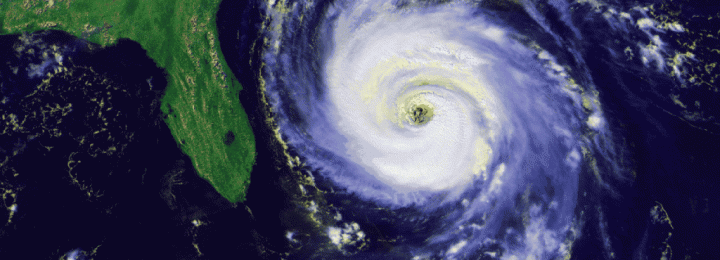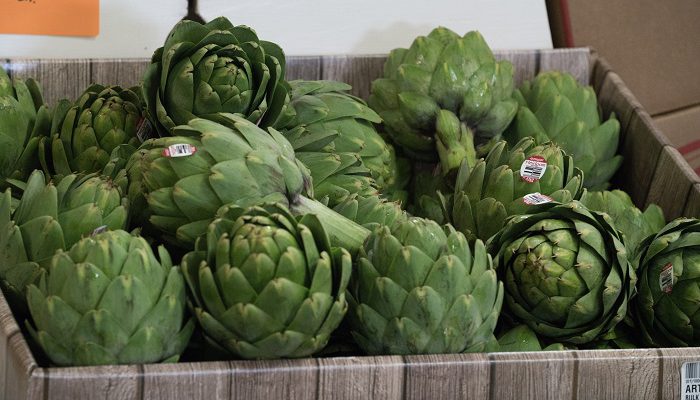-

The University of Florida IFAS Extension newsletter posted a good scientific review of temperature inversions in the atmosphere that you might find useful. For this time of year they are especially important to know about because some frost prevention methods like using fans or helicopters depend on the presence of an inversion to help bring…
-

The first of several tropical storm forecasts for the 2018 Atlantic hurricane season was released today by Colorado State University. It shows that they expect a slightly greater than normal number of storms and probability of making landfall in the US based on the weakening La Niña and ocean temperatures that are above normal in…
-

Rain and frost have hurt the supply of artichokes from California this year according to The Packer last week. First a heavy frost hit, and that was followed by rain which caused the artichokes to look frosted and reduced yields just ahead of the Easter season, when artichokes are often promoted. However, unless they get…
-

Today’s Drought Monitor shows that severe drought has now appeared in southern Florida and has expanded in South Carolina, as well as a significant introduction of moderate drought into that state. As of today, severe drought covers almost 7% of the region, any drought over a quarter of the region, and any dry conditions more…
Posted in: Drought -

After a record-setting warm February in the Southeast, it shocked many people to swing back to colder than normal temperatures in March. In many places, the average temperature for March was colder than the average temperature for February this year. Precipitation in most of the state was also below normal, leading to an increase in…
Posted in: Climate summaries -

This is one of the more unusual stories I have read about the relationship between agriculture and climate. A set of new rivers has appeared in Argentina, due to a combination of factors that includes land use changes associated with growing soybeans and a rainier climate. The rivers are rapidly eroding farmland, leaving behind deepening…
-

The Florida Climate Center has released their latest climate summary, for March 2018. You can read it at https://climatecenter.fsu.edu/products-services/summaries?id=520.
Posted in: Climate summaries